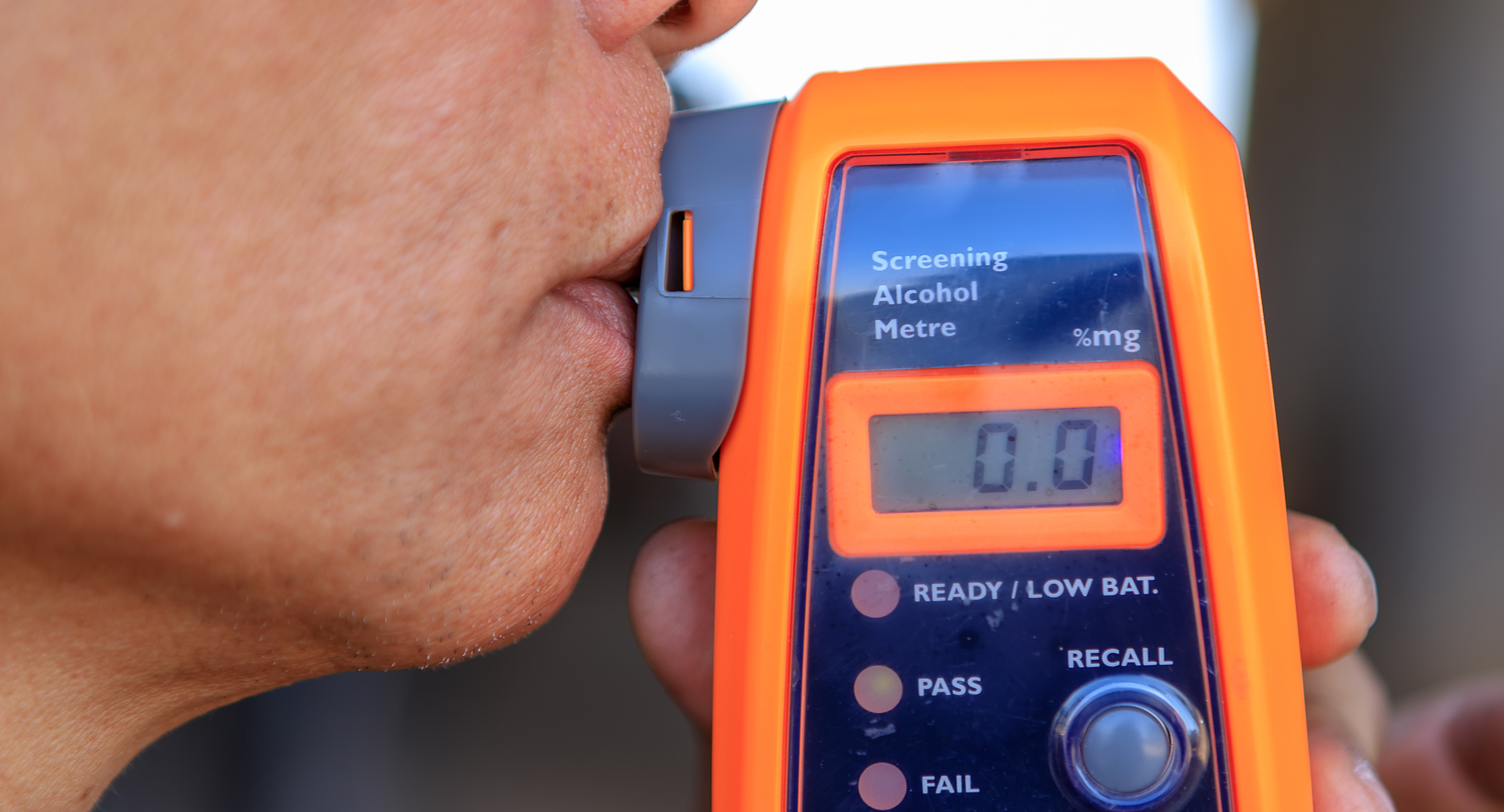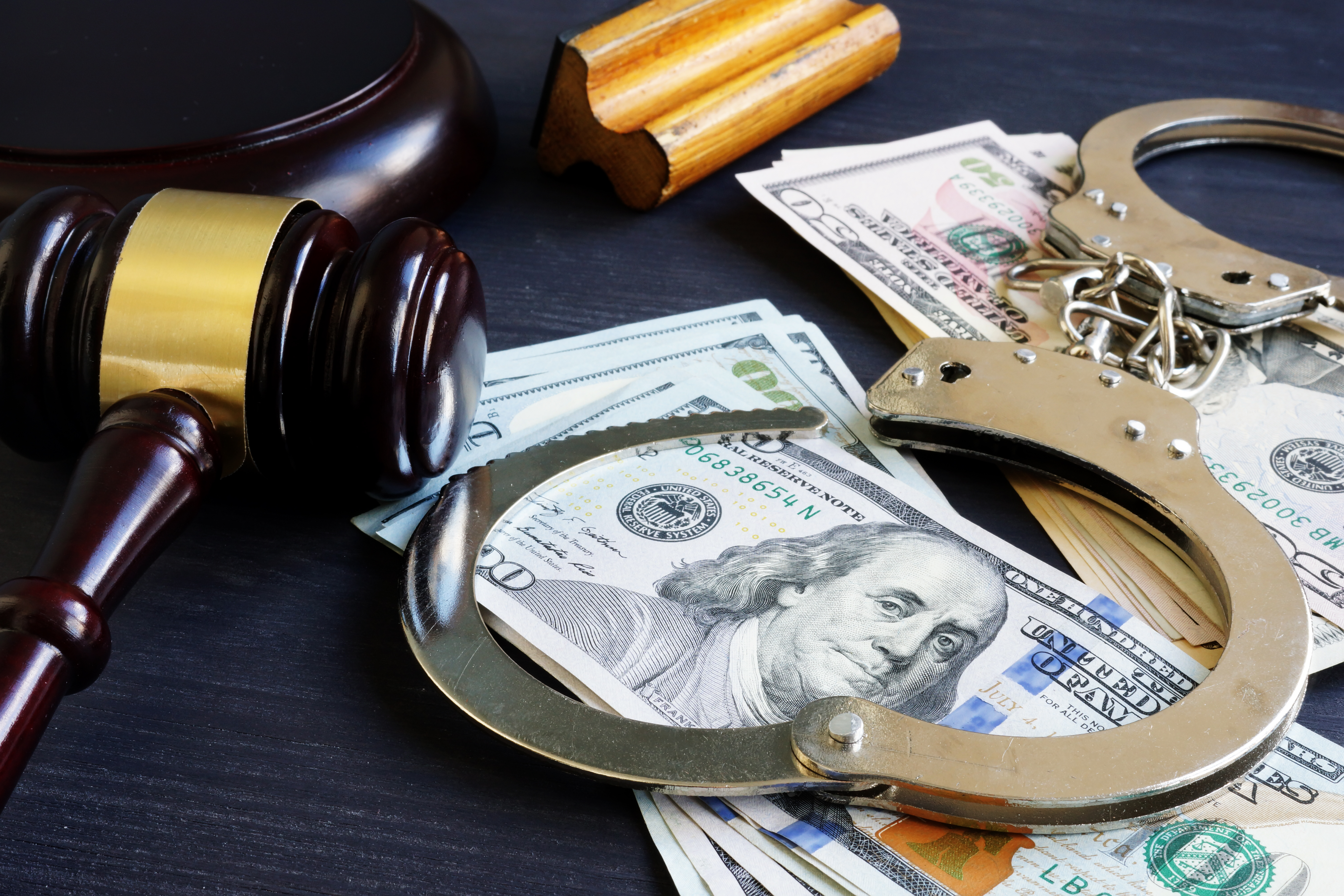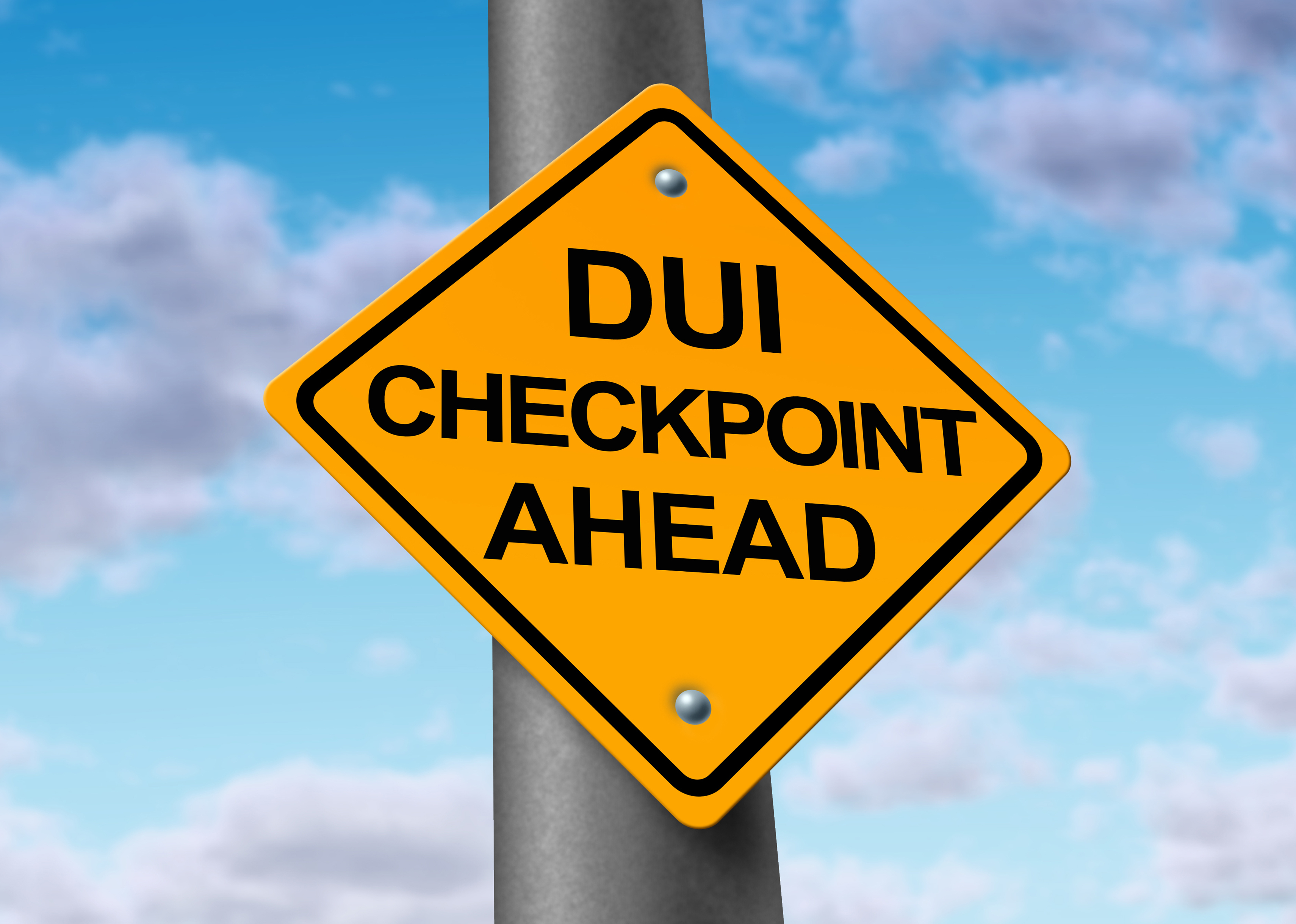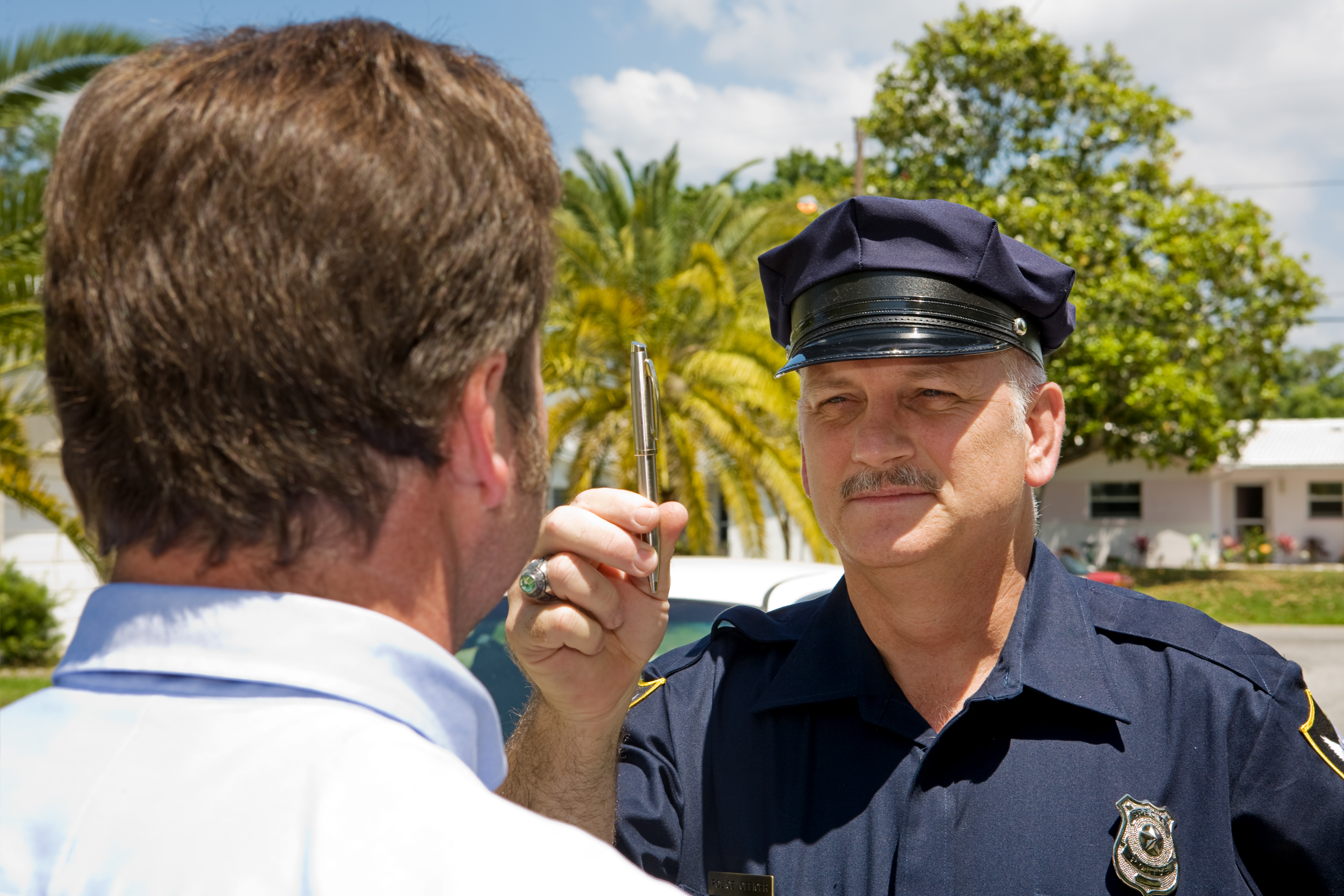The Lone Star State has strict DWI/DUI laws and severe penalties for those willing to get behind the wheel after too many drinks. It is important to have a clear understanding of the legal alcohol limit in Texas so you can avoid putting yourself and others at physical and legal risk.
Key Takeaways
- The legal alcohol limit in Texas is .08%
- If you hold a commercial driver’s license, that limit falls to .04%
- For drivers under 21, having any alcohol at all in your system results in a DUI charge
- Gender, weight, genetics, food consumption, and level of hydration can all affect your blood alcohol content (BAC) levels
- If convicted of a first-offense DWI in Texas with a .08% BAC, you could be fined up to $2,000, spend from 3 to 180 days in jail, and lose your driver’s license for up to one year
What is Texas’ Legal Alcohol Limit for Driving?
The legal alcohol limit in Texas is 0.08%. For those holding a commercial license, that limit drops to just 0.04%. This rule applies to commercial license holders even when they are operating their own personal vehicle. The Texas Penal Code defines alcohol concentration as the number of grams of alcohol per:
- 210 liters of breath;
- 100 milliliters of blood; or
- 67 milliliters of urine
Drivers in the state of Texas younger than 21 years of age face even harsher restrictions. Texas is a “zero tolerance” state when it comes to underage drinking. This means that any amount of alcohol found in the system results in a DUI/DUIA charge. The court may deny potential driving privileges to individuals in this category who don’t yet have their license. This period can last for the same duration of time as a suspension for those who already have their driver’s license.
What Factors Determine My BAC?
Several factors, including various biological, behavioral, and genetic determinants, can impact one’s blood alcohol concentration. The combination of these factors will affect individuals differently, in turn, impacting the BAC level of each intoxicated person uniquely. Some of the most common factors that determine blood alcohol concentration include the following.
Rate of Consumption
How fast are you consuming your beverages? The faster you empty your glass, the quicker inebriation sets in.
Number of Drinks
It often comes down to how many beverages you consume. The more you drink, the greater it affects your body.
Strength or Concentration of the Drink
The alcohol level of each drink has a significant effect on BAC. The list below shows relative alcohol levels for several common drinks.
- One 12 oz. regular beer (4.5-6% alcohol)
- One 12 oz. alcoholic seltzer such as White Claw or Truly (5% alcohol)
- One 7 oz. malt liquor (7% alcohol)
- One 5 oz. glass of wine (12% alcohol)
- One 1.5 oz. shot of hard liquor (40% alcohol)
- One-third jigger (.5 oz.) of Everclear (95% alcohol)
Even more dramatic, several larger serving or mixed drinks like pints of beer, malt liquor, margaritas, full glasses of wine, rum buckets, and punchbowl drinks can hold the equivalent of several servings of alcohol (from 1.5 to 10 drinks worth of alcohol). Many of these mixed or larger beverages are common fare at high school and college parties, social gatherings, and other events. You can see how easy it is to quickly move your body from sober and in control to drunk and potentially dangerous.
Gender
A handful of factors in both men and women affect alcohol levels in different ways. For instance, humans produce an enzyme called dehydrogenase. This enzyme helps metabolize alcohol in the body.
Women produce less of this compound, in some cases as much as 40% less than men. This means that alcohol stays in the bloodstream and tissues longer for women. Men tend to be larger than women, which allows them to consume more alcohol with less effect.
Weight
People come in all shapes and sizes. Larger and heavier individuals are often capable of consuming greater quantities of alcohol than smaller or lighter individuals before experiencing the same effects. Unless they have built up a tolerance, smaller and lighter men and women run the risk of both a greater level and faster rate of intoxication.
Food Consumption
Eating food before and during alcohol consumption can slow down the rate at which your body absorbs alcohol. Individuals who drink on an empty stomach generally reach peak BAC levels between 1/2 hour and two hours. For those eating while they consume alcohol, peak BAC levels arrive between one and six hours. Individual timeframes will vary widely based on other factors like weight and gender.
Genetics
Studies show that certain people groups, for example, some Asian and Native American populations produce less dehydrogenase. This can speed up the rate of intoxication and prolong its effects within the body.
Level of Hydration/Dehydration in the Body
Drinking alcohol affects the function of the pituitary gland and kidneys, resulting in increased levels of urination. This leads not only to dehydration and electrolyte imbalances but an increasingly rapid rate of intoxication since there is less water to absorb alcohol.
Carbonation
The presence of carbonation in alcoholic beverages increases its rate of absorption in the body.

How to Calculate Your BAC?
Determining an accurate blood alcohol concentration is not possible without a blood test. However, you can make a rough estimate using a BAC calculator or a table like this one. Even without these tools, you can use the following formula, known as the Widmark Formula, to approximate your blood alcohol level.
BAC = [Alcohol consumed in grams / (Body weight in grams x R)] x 100
Definitions:
- Body weight in grams: body weight in pounds x 454 = body weight in grams
- R = Gender constant for this equation (.55 for females and .68 for males)
- Grams of Alcohol Consumed (number of drinks x 14). Standard drink sizes in the United States contain 14 grams of alcohol
To calculate this amount, you must assume that you are drinking “standard” sized drinks similar to the following:
- 80 proof form of liquor (40% alcohol) – whiskey, gin, vodka 1.5 ounces
- Wine (12% alcohol) – 5 ounces
- Beer (5% alcohol) – 12 ounces
Example
- Woman: 140 pounds
- Consumed four 1.5 oz drinks of 80-proof liquor
- Period: 5 hours
4 drinks x 14 ounces = 56
140 lbs x 454 grams (454 grams per pound) = 63,560
63,560 x .55 (gender constant) = 34,958
56 (ounces of alcohol) / 34,958 =0.0016
0.0016 x 100 = 0.16 (rough BAC estimate)
Elapsed time since the last drink: 5 hours x 0.015 = 0.075
0.16 (rough BAC) – 0.075 (elapsed time) = 0.085 (BAC)
As you can see, even after five hours, BAC is still above the legal limit. Again, this is only an estimate. This formula generally underestimates the true blood alcohol concentration of an individual. It should, however, afford you a means by which you can get a rough idea of your BAC in different situations.
Penalties for DWI in Texas
In Texas, a first-time DWI conviction for a BAC of 0.08% or above, will lead to a class B misdemeanor, along with the following penalties:
- A fine of up to $2,000
- From 3 to 180 days in jail upon conviction
- Loss of driver’s license for up to one year
First-time offenders with a blood alcohol concentration of 0.15% or above receive a class A misdemeanor, along with the following penalties:
- A fine not exceeding $4,000
- Up to one year in jail upon conviction
- Loss of driver’s license for 180 days to two years
A second DWI conviction is also a class A misdemeanor, again subject to as much as $4,000 in fines, up to a year in jail, and a 180-day to two-year driver’s license suspension.
Additionally, certain court fees and state fines apply to DWI cases in Texas. Court fees can be as much as $1,500, while state fines begin at $3,000 for a first offense. A second offense in 36 months or less leads to a $4,500 charge. Individuals with a 0.15% BAC or above face a $6,000 state fine.
Those found guilty of DWI also face several collateral consequences and additional penalties, including the possible installation of an Ignition Interlock Device, alcohol abuse counseling or group therapy, community service, ongoing drug and alcohol testing, difficulty finding or keeping employment, and relational conflict.
READ MORE: Consequences of driving under the influence in Texas

How Do The Police Calculate My BAC?
When officers stop an individual for suspicion of drunkenness, they will ask several questions and often perform an on-site Standardized Field Sobriety Test (SFTS). Both the questions and the procedure test an individual’s physical, perceptual, and cognitive abilities to gauge their level of intoxication. Police officers also use more concrete testing methods to determine an accurate blood alcohol concentration. These include a breath test, also called a breathalyzer, and a blood test.
A breathalyzer uses infrared spectrometry, or the absorption of infrared light, to determine the presence of alcohol in a breath sample. With a blood sample, a technician uses a biochemical process called gas chromatography to determine BAC. This process involves mixing the blood with a solution and introducing it to a flame. The solution converts to gas and instruments measure how different compounds within these gasses behave.
Can BAC Tests Be Wrong?
While officials generally consider these two tests to be industry standard procedures for determining BAC, they do carry a margin of error. Users often calibrate breath tests for men. This may yield inaccurate readings for some women. Additional factors that may affect a breath test include:
- Certain kinds of radio frequencies or even cell phone signals can affect the test results of the Intoxilyzer 9000 or other breathalyzers.
- The officer performing the test may have received inadequate training.
- Technicians may not have maintained, cleaned, or calibrated the equipment properly.
- An individual’s breathing technique may impact test results.
- The temperature outside can play a role in the accuracy of the test.
Though often accurate, blood alcohol tests may also experience a number of issues, including:
- The technician fails to follow laboratory protocols.
- The individual collecting the sample fails to use the proper amount of anticoagulant.
- The technician fails to collect enough samples, which leaves no room for retesting if the first round is a failure.
- The lab mixes up the samples.
- Blood samples can ferment or coagulate.
- Someone fails to label the sample properly.
- Technicians may not have maintained the gas chromatography equipment properly.
READ MORE: What are the chances of a DWI dismissal in Texas?

How Do You Avoid Driving With a High Blood Alcohol Content?
It is imperative that you avoid drinking and driving at all costs. The consequences to you, your future, and those you love are too great to risk. If you’re out for a night on the town, enjoying an evening with friends, or attending a special event, you need to protect yourself and those around you from the effects of drugs or alcohol.
There are some precautions you can take to lower your chances of intoxication and minimize both the risk of an accident and the likelihood of an arrest. Several of these steps include.
Don’t drink on an empty stomach
Eating just before or while you drink can help minimize your level of intoxication and at the very least, slow down the rate at which the alcohol begins to affect your mind and body.
Dilute those drinks
Don’t go for double shots and heavy mixed drinks where it’s difficult to determine exactly how much alcohol is present. Choose smaller quantities and consider watering some drinks down with more non-alcoholic mixers to protect yourself.
Give yourself time to sober up
It takes roughly one hour for the body to metabolize a single standard-sized drink. Instead of getting in the car right away, just relax and enjoy yourself for a few hours. Drink water and let your body get rid of that alcohol first.
Plan ahead and leave the car at home
Make a plan for the evening. Use a driving service, take a cab, have someone commit to dropping you off and picking you up, bring a designated sober driver with you, or take a bus or train. Think about your activities for the day and evening and arrange a set of solutions to help you stay safe while you have a good time.
Sleep over
Depending on where you find yourself, you may be able to crash on a couch or in a guest room. It’s a lot wiser to wake up in a friend’s house or a nearby hotel room, hungover but sober, than to risk driving drunk just to sleep in your own bed.
Don’t trust someone else to drive sober
Don’t rely on the judgment of someone else who has also been consuming alcohol. They may claim to be okay but those who have been drinking often do not know how to accurately gauge their level of intoxication or their abilities.
Don’t drink at all
This is probably the best solution. There is no better way to guarantee safety than complete sobriety. Go without for the evening. Enjoy some non-alcoholic cocktails (mocktails), a soft drink, or non-alcoholic beer or wine.
Remember, with services like Uber and Lyft, and several other ways to protect yourself and others, there is absolutely no reason to drive drunk. Be deliberate about your choices. Think ahead, make a plan, and stick to it.
If you or a loved one are facing a potential DWI or DUI conviction, don’t hesitate to contact Michael & Associates today. Our team of defense attorneys includes three certified DWI scientists.
We can make the strongest possible case to help you avoid certain penalties and to keep your record clear.




